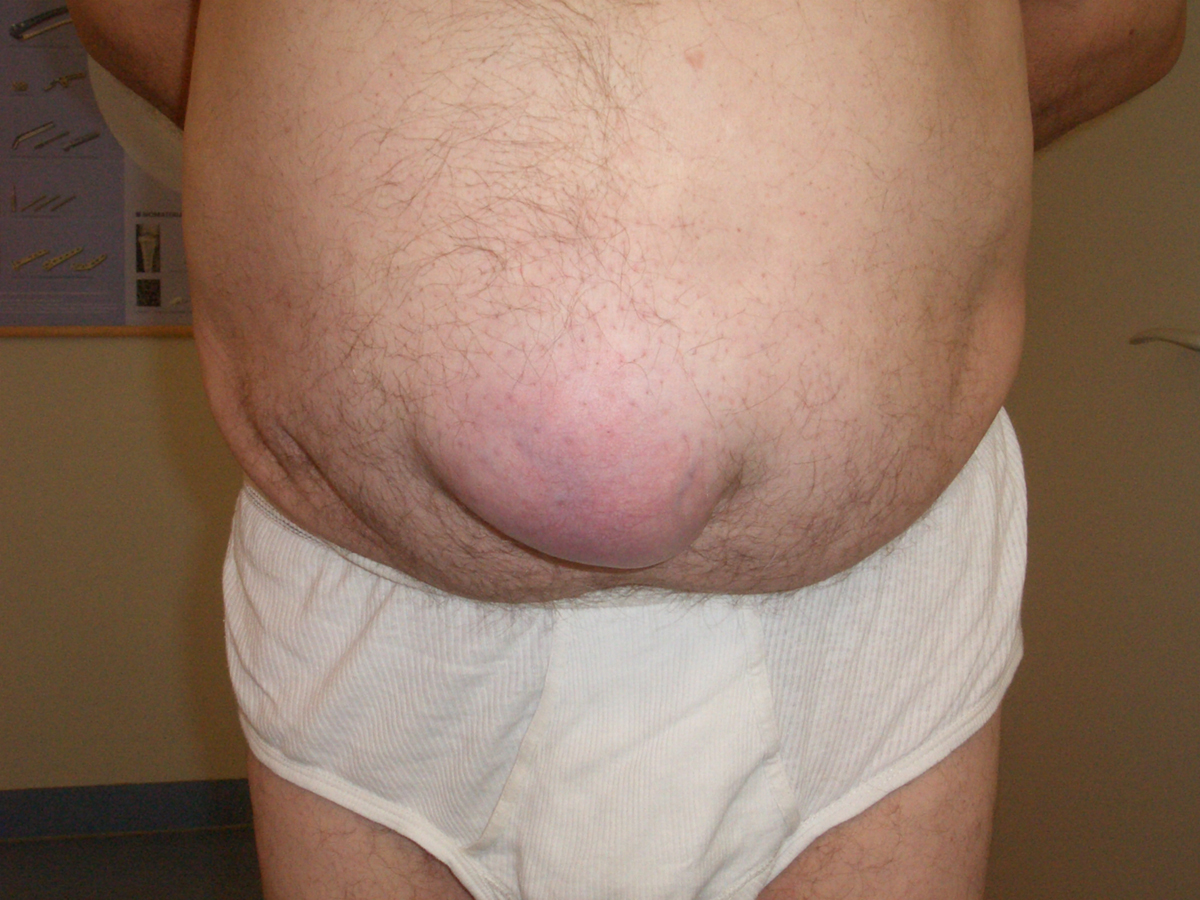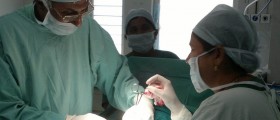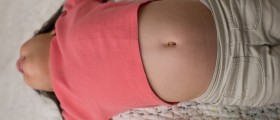
A hernia appears when the bodily insides (usually abdominal fatty tissue or portions of the intestine) come out of the body cavity. The term hernia can refer to bulges in all body areas, but it usually refers to the lower torso.
Hernias may come without symptoms, but there is always a potential risk of cutting off the blood supply, which turns it into a medical emergency.
Inguinal (groin) hernia makes up 75 percent of all hernias of the abdominal wall. It appears more often in men. There are two types: direct and indirect. It appears in the area of the groin, where the torso and the thigh meet.
An indirect inguinal hernia follow the pathway of the testicles from the period of fetal development. It can, sometimes, protrude into the scrotum.
An indirect hernia may occur at any age.
A direct inguinal hernia appears at the area of abdominal wall, where it is naturally slightly thinner. It is more likely to appear for middle-aged or older people, because of the natural weakening of the abdominal wall.
A femoral hernia appears in the area of the femoral canal. It is the path of the femoral artery, vein and nerve, between the abdominal cavity and thigh. A bulge forms under the inguinal crease. Usually appears in women and has a risk of being irreducible or strangulated.
An umbilical hernia usually appears at birth, as a protrusion at bellybutton. It should gradually close by the age of two, or in larger hernias, a surgery is required at the age of 2-4. It can also appear later in life, due to added stress on the area.
Incisional hernia appears after 2-10 percent of all abdominal surgeries.
A spigelian hernia is rare and appears along the edge of rectus abdominus muscle.
An obturator hernia is extremely rare and difficult to diagnose, because there is no visible bulge. It usually appears in women, when it protrudes from pelvic cavity through the opening in the bone.
An epigastric hernia appears between the lower part of the rib cage and navel. These hernias are usually painless.
Some abdominal hernias are present at birth and some appear later in life. Some of them involve weakness of the abdominal wall, some involve the existing openings in the abdominal cavity, or pathways from the fetal development.
Any kind of increased pressure of the abdominal cavity may create or worsen an existing hernia. For example, coughing, heavy lifting, straining during urination or bowel movement, obesity, fluid in the abdominal cavity, or chronic lung disease.
A family history may contribute to develop hernia.
Signs and symptoms can be anything like a painless lump, to a painful protrusion impossible to push back – a sign of strangulated hernia.
A reducible hernia can be reduced or pushed back into the abdomen. It appears as a lump in the abdominal area or groin. It may ache and sometimes the pain leads to the discovery of the lump. The lump increases in size with the abdominal pressure.
An irreducible hernia is also called incarcerated hernia. It can lead to strangulation. Bowel obstruction symptoms may appear such as vomiting and nausea. Sometimes it can be a previously reducible hernia, which cannot be pushed back. They can sometimes be chronic and painless.
A strangulated hernia is when an entrapped intestine of irreducible hernia has cut off its blood supply.
Pain is always present, sometimes followed by nausea and vomiting, as the symptoms of bowel obstruction. A fever may be present. Strangulated hernia is a surgical emergency.

















Your thoughts on this
Loading...